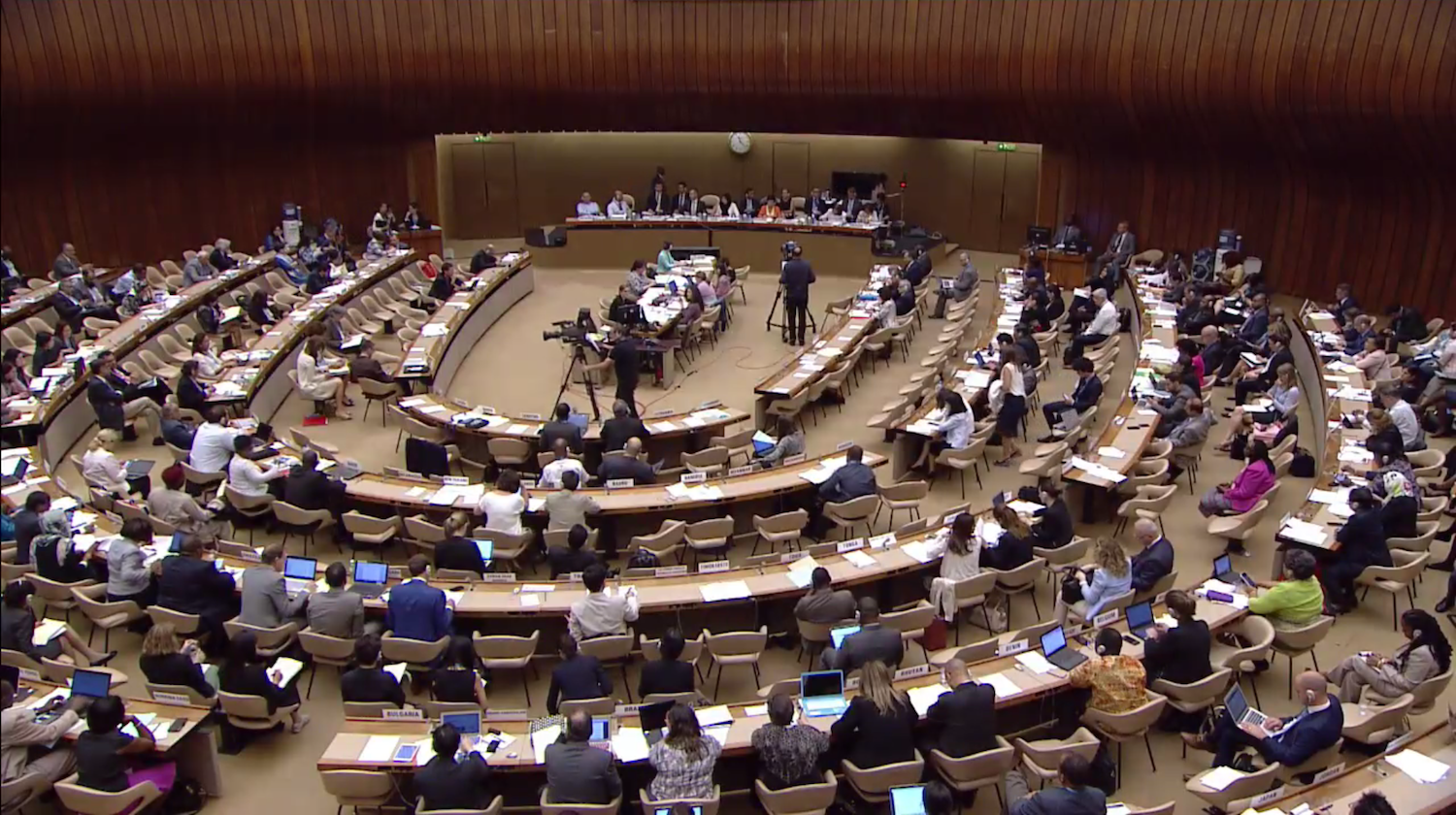For the second year in a row, the Hospital Juárez de México will host the photographic exhibition "Sepsis: Face to Face". We encourage you, your colleagues, and your organization to participate to send a strong signal in the global fight against sepsis.
The topics of this years photo exhibition are sepsis, hand hygiene, vaccination, and antimicrobial resistance.
Participation is as easy as taking a picture of you and sending it to registro.nacional.sepsis@gmail.com before August 1st, 2017.
Please send the photo in electronic form (* .tif, * .tiff, * .gif, * .jpg or equivalent) in the highest resolution possible, preferably 300 PPI. The file must be accompanied by :
- Title of the photo
- Short description of the photograph (< 750 words)
- You should answer one of the following questions:
- How do I fight against sepsis?
- How did I survive sepsis?
- What is sepsis for you?
- I had sepsis now what?
- I lost a family member or friend because of sepsis ...
- Author's name
- Place and date
- Camera type (optional)
- Photographic technique (optional)
- Letter of copyright (will be requested in accepted cases)
The authors of the photos accepted for exhibition will be notified by email in August 2017 and will be featured on the website of the "Sepsis Mexico Foundation and on Twitter and Facebook. You can find pictures from last years exhibition here.
All images that contain information that can identify patients or staff must be accompanied by a document that approves the use of the image by those involved in the exhibition and subsequent events. The committee of the photographic exhibition "Sepsis: Face to Face" will carry out the assembly of the exhibition.
For foreign participants, proof of participation will be issued, honorable mention will be given at the discretion of the jury to the best photo (or series). The winners will be announced at the closing of the symposium.
The Photographic Exhibition Committee thanks you for your participation in raising awareness about sepsis.
For more information, please email the Committee Photographic Exhibition directly.













